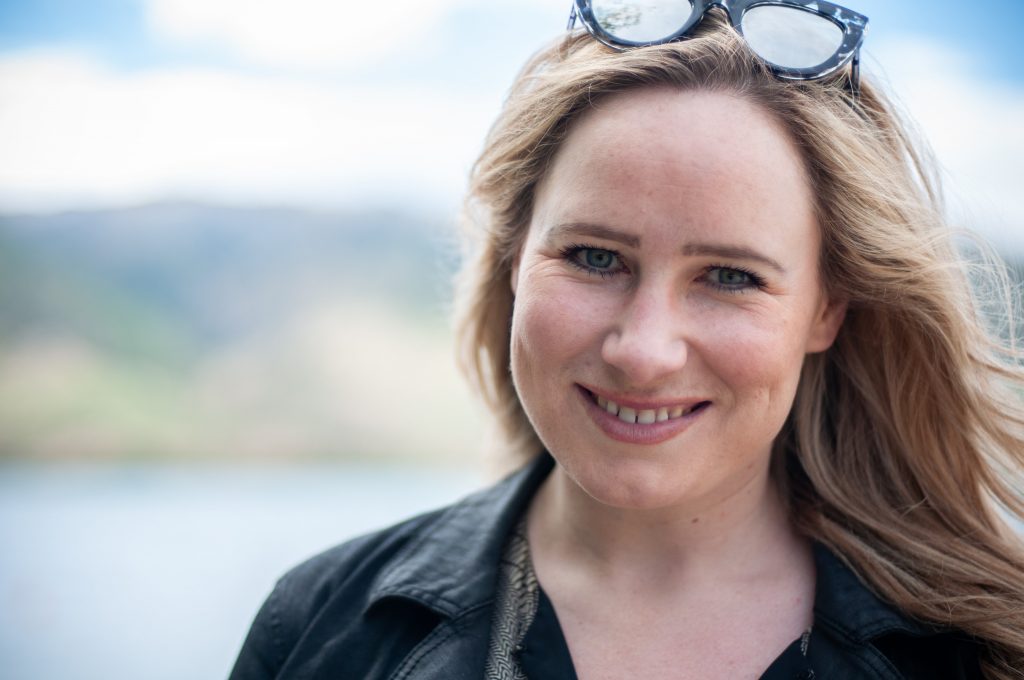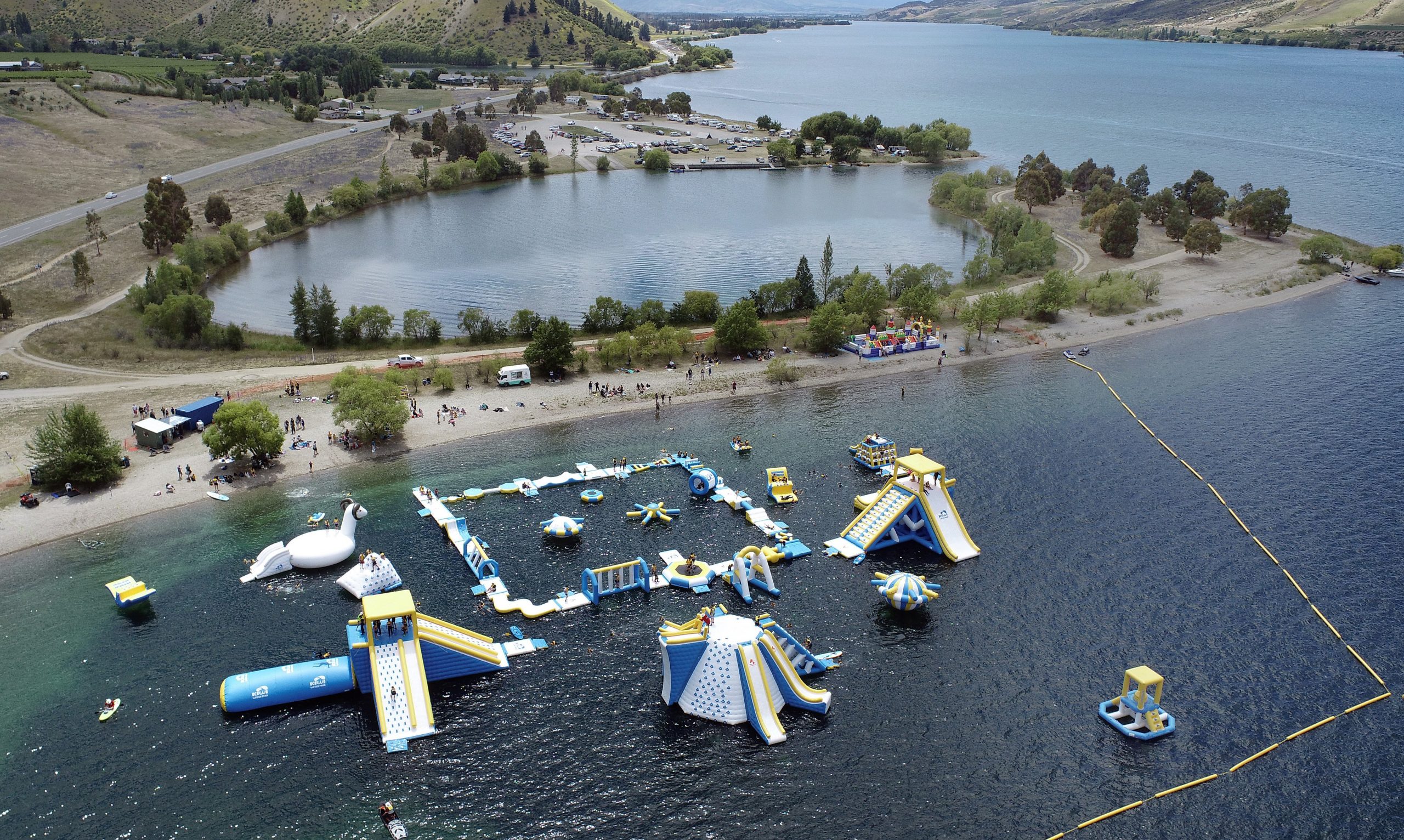The future of Kiwi Water Park at Lowburn depends on upgrading access requirements and how urgently that can be done.
At a meeting in June about access to the Lowburn Harbour car park, everyone agreed that, after traffic patterns were monitored last summer, a right-turn bay on State Highway 6 was required for road safety.
The parties involved were Land Information New Zealand (Linz), Waka Kotahi NZ Transport Agency (NZTA), the Central Otago District Council and Kiwi Water Park, which ran an inflatable park on Lake Dunstan last summer with vehicle access from the car park.
A traffic assessment report indicated the amount of traffic accessing the site generally was an issue.
It said about one-third of the traffic was water park users, and concluded a right-turn bay was required to ensure safe and efficient access.
Kiwi Water Park co-owner Emily Rutherford said if the issue was not resolved by November 4, ‘‘the park won’t have a licence to legally operate this summer’’.

The company was originally granted resource consent from the Central Otago District Council for six years from the 2020›21 summer season and variations were made last year to move the park to a more sheltered area.
Ms Rutherford said she had assumed that consent included a permit from Linz to operate for six years, but the council and Linz state the recreational permit was a separate obligation.
Linz head of Crown property Sonya Wikitera said Linz granted recreation permits allowing the water park to operate over the 2020-21 and 2021-22 summer seasons.
‘‘However, traffic safety concerns have slowed down processing the water park’s permit application for the 2022›23 season.
‘‘The safety of all visitors, including freedom campers, to this popular recreation area is our top priority.’’
She said Linz was working closely with the transport agency and the council to assess whether risk mitigation measures might allow the water park to open again this summer.
NZTA had not been consulted about the first resource consent but became involved after a serious crash occurred during the first season at the entrance to the car park.
Temporary traffic management measures were put in place for the rest of the season.
When the water park proposed its new location and sought revised resource consent, conditions were added to the consent, requiring improved access signs and fencing and a report at the end of the season to determine if any upgrade was required.
Transport agency senior safety engineer Roy Johnston said NZTA designed and installed tourist signs on the roadside at the water park’s expense before last summer.
Fencing proposed at the southern access point was intended to manage vehicle access to the site and ensure customers used the northern access point. The consent conditions required the water park to submit details of the fencing to NZTA for approval before any work started.
‘‘As it turned out, this process was not followed and fencing was installed that did not meet the minimum standards specified in the consent conditions.’’
Mr Johnston said he understood members of the Lowburn community complained to the council about the water park.
If no agreement was reached on the access upgrade requirement process, the consent conditions stipulate that the final decision sat with the council as the consent authority.
The council has yet to respond to questions regarding the park.
Ms Rutherford said there was no alternative site for the water park in Central Otago, and they ‘‘really would like to stay here’’.
‘‘We have put all the infrastructure in place and all our staff are ready to go,’’ she said.





